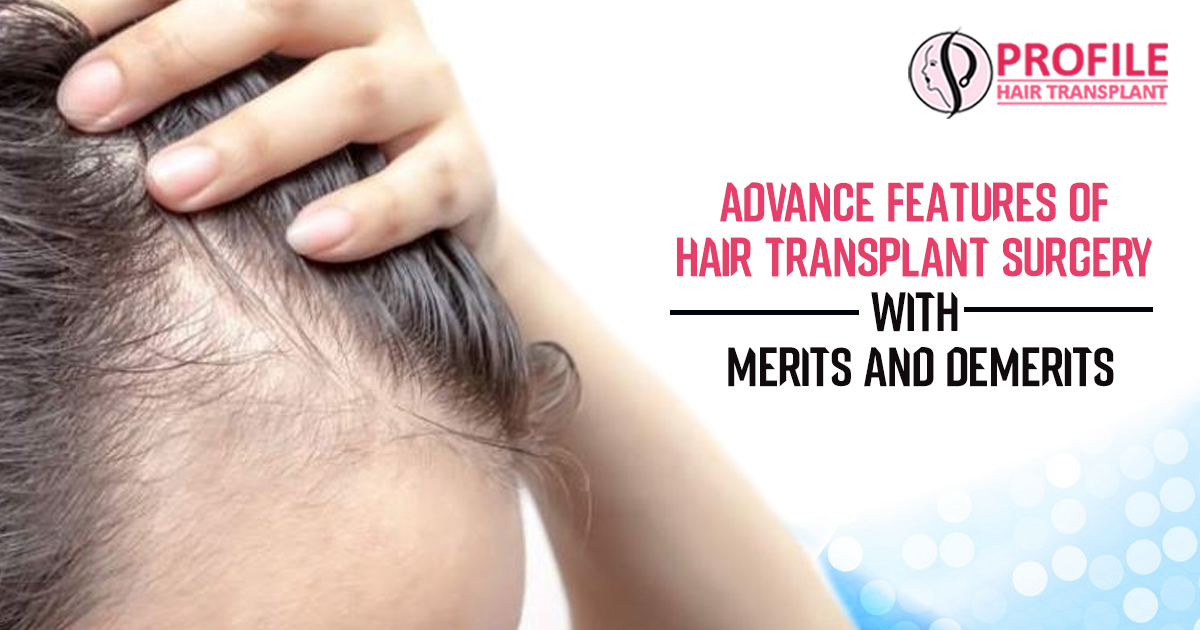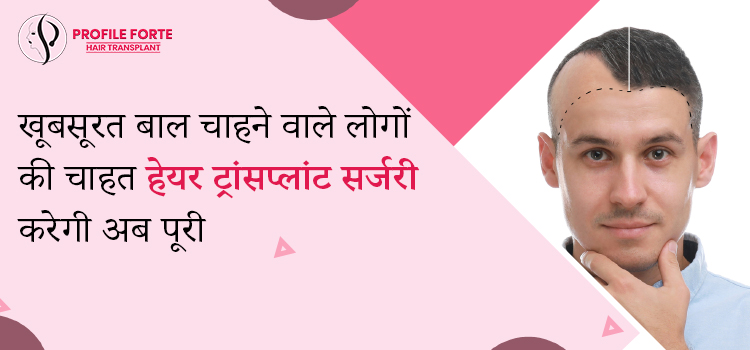Hair loss treatment surgery is a technique in which the surgeon moves the hair follicles from the donor area to the bald area of head. Nowadays, this hair fall treatment surgery is quite famous among every age of people since in nowadays everybody needs long hair on their head.
These are assortment of variables which depicts the hair loss-:
- Stress
- Ailments
- Medications
- Diet
- Hormonal Irregularity
Benefits Of Hair Transplant To An Individuals:-
- Ladies who have thin hair
- Men who are totally bald
- Who has lost hair due to nerve damage or medication
Who are not qualified for hair transplant surgery-:
- People who don’t have enough advocate hair areas from which to extract hair for transplant
- Individuals who shape keloid scars (thick, fibrous scars) after damage from medical procedures
- Individuals whose balding is because of prescription, for example, chemotherapy
- Ladies with a boundless example of balding all through the scalp
Diverse type of hair transplant-:
- Slit grafts
- Micro grafts
Complications associated with Hair transplant surgery-:
Side effects of hair treatment are minor and clean up within a weeks. There are some type of complications which might occur after medical procedures-:
- Swelling of the scalp
- Ailments
- Itching
- Bleeding
- Unnantural looking tufts of hair
- Wounding around the eyes
- Deadness or absence of sensation on the treated areas of the scalp
- Inflammation or contamination of the hair follicles
- An outside layer that shapes on the regions where treatment is finished.
How the treatment is finished?
The surgeon cleans the scalp and infuses prescription to numb the back of your head. The surgeon evacuates a 6- to 10-inch strip of skin from the back of your head. This area of your head is promptly covered up by the hair around it. Next, the specialist’s group isolates the piece of evacuated scalp into 500 to 2,000 little joins, each with an individual hair or only a couple of hairs. The number and kind of graft you get relies upon your hair type, quality, shading, and the measure of the zone where you are getting the transplant. After a master readies the grafts, at that point perfect and numb the region where the hair will develop, creates openings or slits with a scalpel or needle, and carefully puts each graft in one of the gaps.




